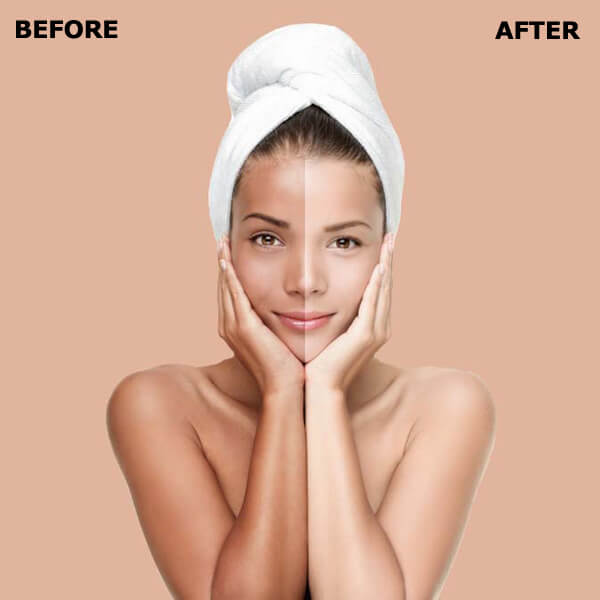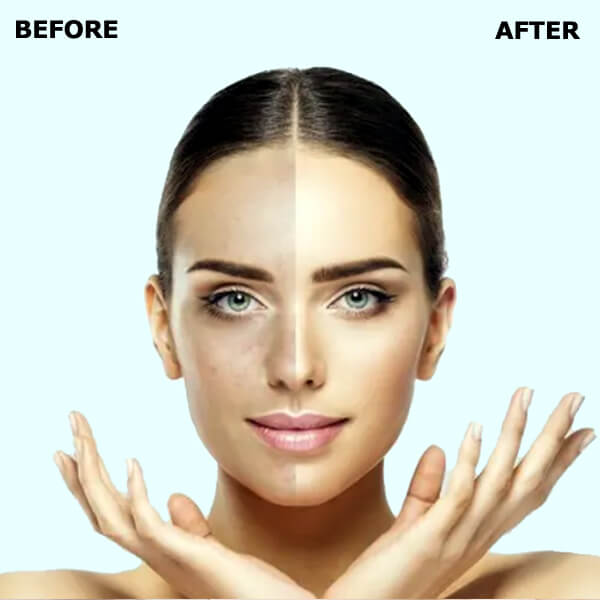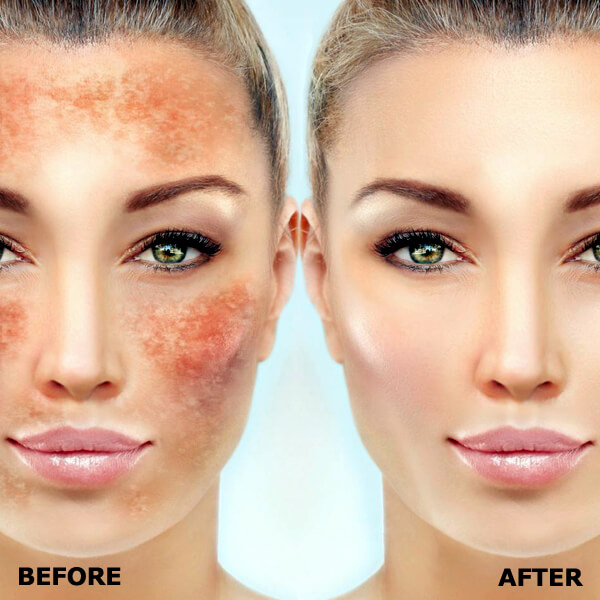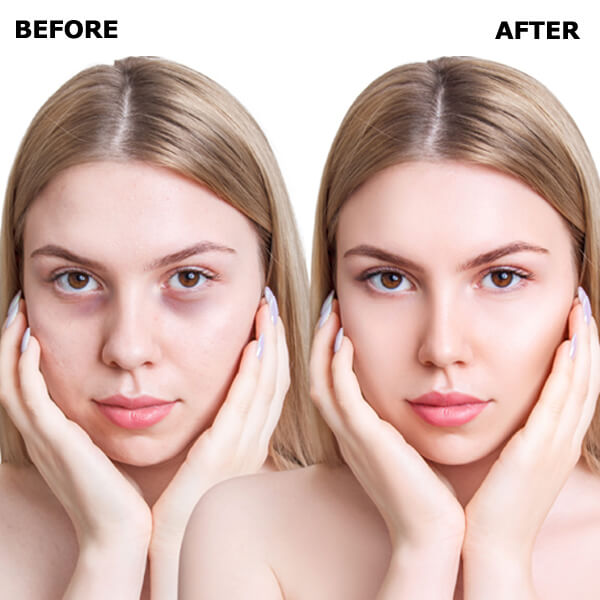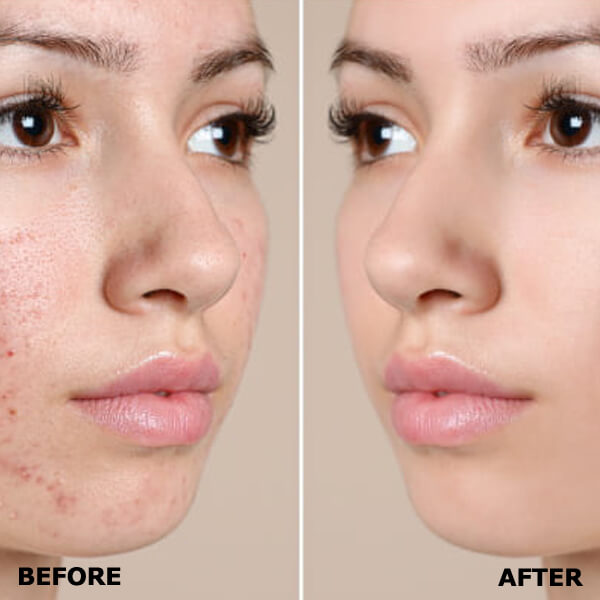1. **How does laser tattoo removal work?**
– Laser tattoo removal works by using high-intensity light beams to break down the tattoo ink into smaller particles. The body’s immune system then eliminates these particles over time. Multiple sessions are usually required for optimal results.
2. **Is tattoo removal painful?**
– The level of pain can vary depending on the individual’s pain tolerance. Many people describe the sensation as similar to being snapped with a rubber band. Some discomfort is common during and after the procedure, but it’s usually manageable.
3. **How many sessions are needed for complete tattoo removal?**
– The number of sessions required depends on factors such as the size, color, and age of the tattoo, as well as individual skin characteristics. On average, it can take anywhere from 5 to 15 sessions spaced several weeks apart for complete removal.
4. **Are there any side effects or risks associated with tattoo removal?**
– Side effects may include redness, swelling, blistering, or temporary changes in skin pigmentation. Serious complications are rare but can include scarring or infection. It’s crucial to follow post-treatment care instructions to minimize risks.
5. **How long does it take for the tattoo to fade after each session?**
– The fading process varies, but most people notice changes in the tattoo’s appearance over a few weeks following each session. The body continues to eliminate broken-down ink particles between sessions.
6. **Can all tattoo colors be removed equally well?**
– Some colors respond better to laser treatment than others. Black and dark blue inks usually respond well, while lighter colors like yellow and white can be more challenging to remove. Your tattoo removal specialist can provide more information based on your specific tattoo.
7. **Can you remove tattoos at home with creams?**
– There are various tattoo removal creams on the market, but their effectiveness is often debated. Professional tattoo removal methods, such as laser treatment, are generally more reliable and safer. Consult with a healthcare professional before attempting any at-home methods.
8. **Are there any restrictions or precautions before and after tattoo removal sessions?**
– It’s essential to follow the pre-treatment and post-treatment instructions provided by your specialist. This may include avoiding sun exposure, certain medications, or activities that could irritate the treated area.
9. **How much does tattoo removal cost?**
– The cost of tattoo removal varies depending on factors such as the size and complexity of the tattoo, the number of sessions required, and the location of the treatment facility. It’s advisable to consult with a specialist for a personalized cost estimate.
10. **Is tattoo removal always successful?**
– While significant progress can often be made in fading or removing tattoos, complete removal may not always be possible. Factors like the type of ink used, the tattoo’s location, and individual skin characteristics can influence the outcome. Your specialist can provide realistic expectations based on your specific situation.








